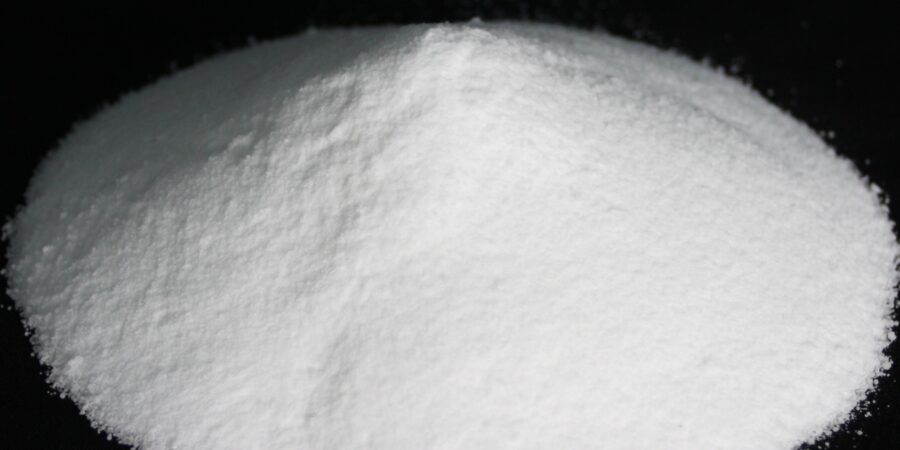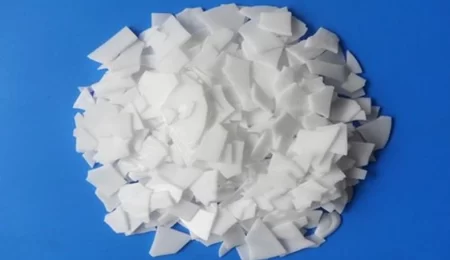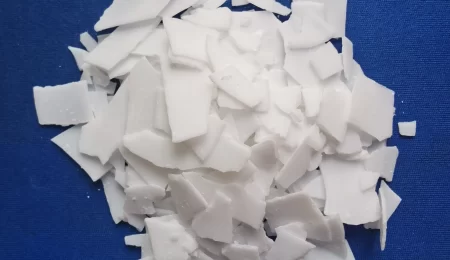PE wax, or polyethylene wax, is a type of synthetic wax made from polymerization or degradation of polyethylene. It is widely used in various industries due to its properties such as low molecular weight, high melting point, and excellent lubrication. Here are the main PE WAX Types
- Low-Density Polyethylene (LDPE) Wax
Properties: Lower density, more flexible, and softer compared to other types.
Applications: Used in coatings, inks, and adhesives due to its good dispersion properties. - High-Density Polyethylene (HDPE) Wax
Properties: Higher density, harder, and more crystalline.
Applications: Utilized in plastics processing, as a dispersing agent, and in the production of masterbatches. - Oxidized Polyethylene (OPE) Wax
Properties: Contains oxygenated functional groups, improving its compatibility with polar substrates.
Applications: Used in emulsions, coatings, and as a processing aid in PVC. - Ethylene Bis-Stearamide (EBS) Wax
Properties: Provides excellent slip and anti-blocking properties.
Applications: Commonly used in plastic additives, powder metallurgy, and lubricants. - Micronized Polyethylene Wax
Properties: Very fine particles, which enhance its performance in various applications.
Applications: Used in inks, coatings, and as a matting agent. - Chlorinated Polyethylene (CPE) Wax
Properties: Chlorinated structure provides flame retardancy and improved compatibility with rubber.
Applications: Used in rubber modification, flame retardants, and impact modifiers. - High Melt Polyethylene (HMWPE) Wax
Properties: High melting point and molecular weight.
Applications: Used in applications requiring high heat resistance and hardness. - Low Melt Polyethylene (LMWPE) Wax
Properties: Lower melting point and molecular weight.
Applications: Suitable for applications where low-temperature processing is required.
These different types of PE waxes cater to various industrial needs due to their distinct properties and compatibility with different materials and processing conditions.




Leave a Reply